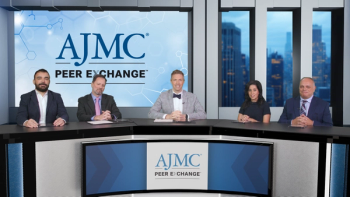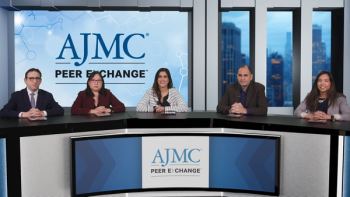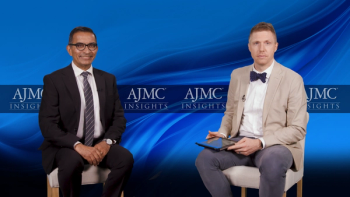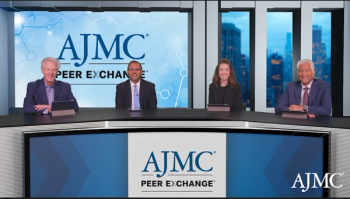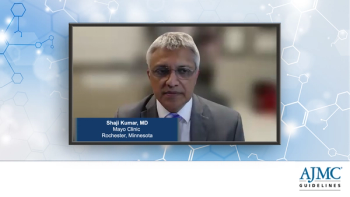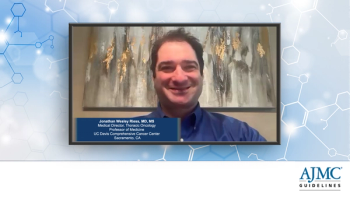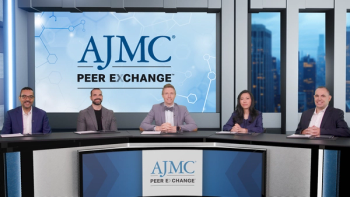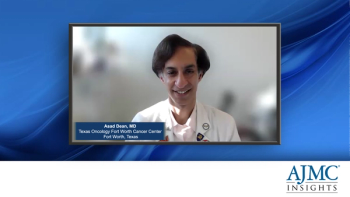
An expert discusses how rilzabrutinib uniquely improves quality-of-life metrics, including fatigue and women’s health domains, which previous immune thrombocytopenia (ITP) therapies failed to address despite raising platelet counts. An expert discusses how rilzabrutinib’s oral administration and broad tolerability make it a practical treatment option while emphasizing the need for long-term efficacy and safety data to strengthen clinical confidence.

